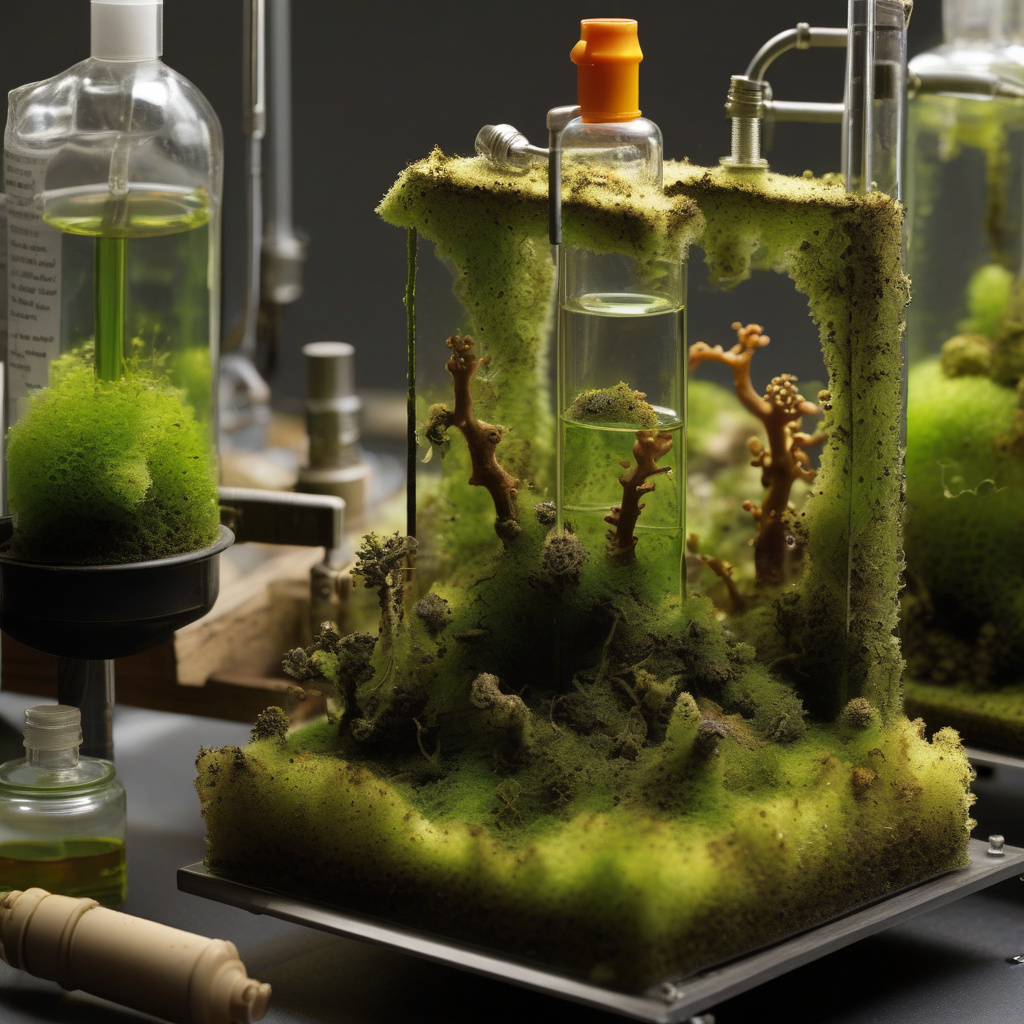China Turns Moss Into Oil-Sucking Sponge with 90% Reusability to Fight Deadly Spills
Chinese scientists have developed a new material from moss that could transform how we clean up oil spills. This innovative sponge-like material is made from common moss and can absorb oil up to 20 times its weight. Not only is it highly absorbent, but it can also be wrung out and reused up to 90%, making it a sustainable solution for tackling environmental disasters.
Oil spills pose a significant threat to marine ecosystems, wildlife, and coastal communities. Traditional cleanup methods often involve using harmful chemicals or burning the oil, which can further damage the environment. The development of this moss-based material offers a more eco-friendly alternative that is both effective and reusable.
The process of creating the oil-sucking sponge involves treating the moss with a special polymer that gives it the ability to selectively absorb oil while repelling water. This means that it can be used in both dry and wet conditions, making it versatile for different cleanup scenarios. Additionally, the sponge is biodegradable, ensuring that it does not contribute to environmental pollution after use.
One of the key advantages of this moss-based material is its high reusability. Traditional oil-absorbent materials are often single-use, leading to increased waste and higher cleanup costs. By developing a sponge that can be reused up to 90% of its capacity, Chinese scientists are pioneering a more sustainable approach to oil spill cleanup.
In addition to its environmental benefits, the moss-based sponge is also cost-effective. Moss is a common plant that is easily accessible, making it a low-cost raw material for mass production. This means that the oil-sucking sponge could be produced on a large scale and distributed to areas prone to oil spills, helping to mitigate the impact of these disasters more efficiently.
Furthermore, the versatility of the moss-based material opens up opportunities for its application beyond oil spill cleanup. It could be used in industrial settings to manage oil waste, or even in household products for cleaning up oil and grease. The potential uses of this innovative material are vast, highlighting the importance of continued research and development in sustainable technology.
As we face increasing environmental challenges, innovative solutions like the moss-based oil-sucking sponge are crucial for mitigating the impact of human activities on the planet. By harnessing the power of nature, we can develop sustainable materials that not only effectively address environmental issues but also reduce our reliance on harmful chemicals and wasteful practices.
In conclusion, the development of a moss-based sponge for oil spill cleanup represents a significant step forward in environmental innovation. With its high absorbency, reusability, and cost-effectiveness, this material has the potential to revolutionize how we approach oil spill remediation. By investing in sustainable technologies like the moss-based sponge, we can work towards a cleaner, healthier planet for future generations.
China, Moss, Oil Spills, Sustainability, Environmental Innovation












